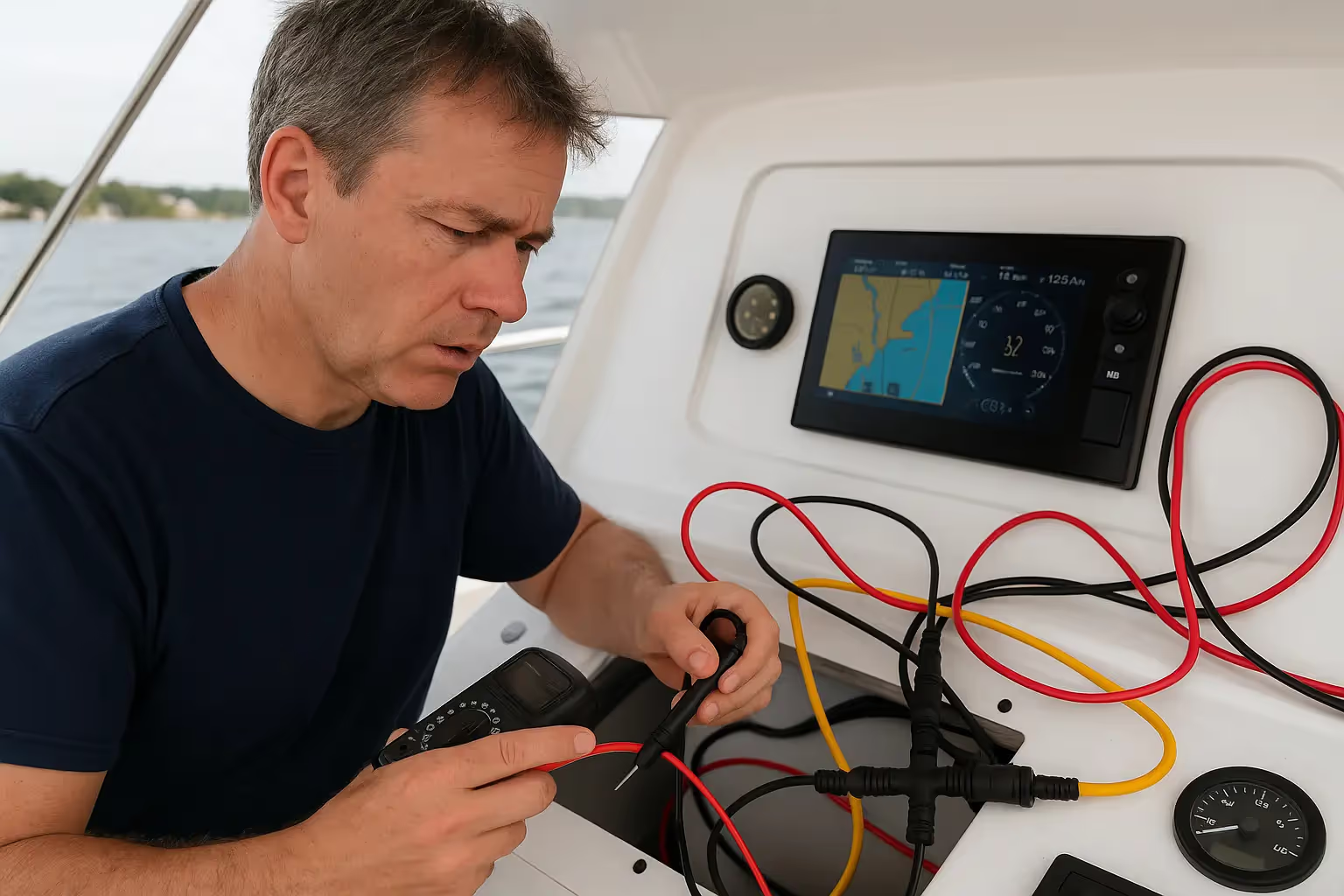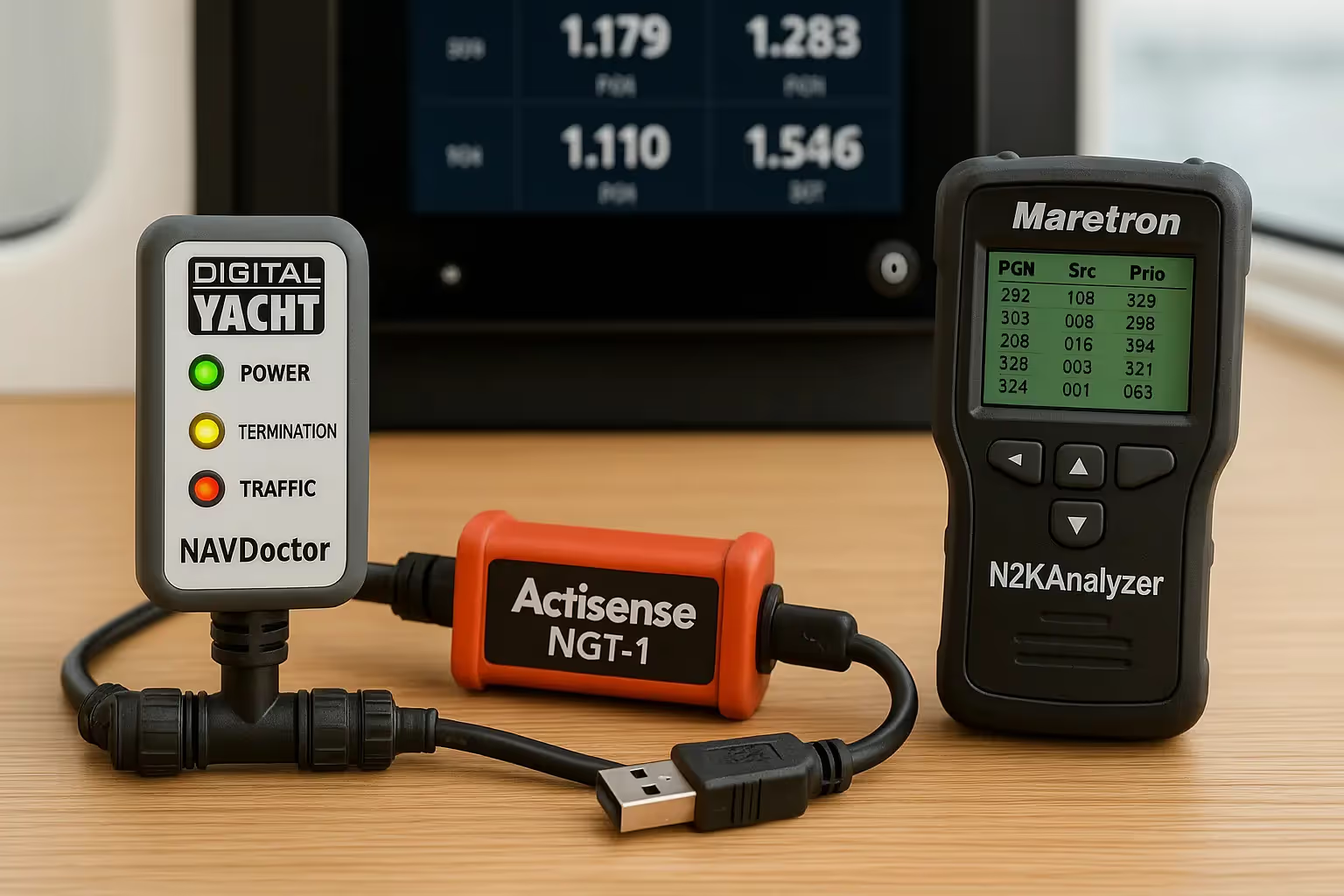Under the Sail: The Mechanics of Boat Movement

Section 1: The Science of Sailing – How Pressure Drives the Sails
At its core, sailing is a complicated dance of forces, with the sail acting as an airfoil as it interacts with the wind. Comprehending this dynamic is essential to understanding sailing as a whole. As the wind meets the sail, it splits into two distinct streams. The windward side, which is facing the breeze, and the leeward side, which is sheltered from it, create a pressure differential, just like the physics at play in an airplane's wings. This variance in pressure is the fundamental force that generates lift, propelling the sailboat forward.
The sail's design is a result of meticulous engineering, aiming to optimize this pressure difference. The curved shape of the sail is instrumental in accelerating the airflow over the leeward side. According to Bernoulli's principle, faster-moving air results in lower pressure. The pressure difference between the sail's two sides creates a net force, mostly forward and slightly sideways, which helps drive the boat ahead.
This concept, known as lift, is central to understanding sailing dynamics. A sailboat is mostly pulled forward by the lift produced by its sails, as opposed to a motorboat that is pushed from behind. This phenomenon allows the boat to sail not just downwind but also to make headway nearly upwind, a marvel of physics and design.
Furthermore, a key factor in determining this system's efficiency is the angle at which the wind impacts the sail and its shape in relation to the wind direction. Sailors can optimize the lift decrease the drag of their sails and best utilize the wind's power by adjusting the sail's orientation and shape. This intricate dance between wind, sail, and sailor is exactly what makes sailing an art and a science, a testament to human ingenuity in harnessing natural forces.
Section 2: Harnessing the Wind – Sail Shape Adjustments for Different Wind Directions
The ability to adjust to the wind's ever-changing moods is fundamental to the art of sailing. This adaptability depends on the sailor's ability to modify the sail's shape to accommodate varying wind directions; this is a talent that requires both dexterity and an awareness of wind dynamics.
One of the primary adjustments is sheeting, this involves altering the sail's angle in relation to the wind. This maneuver allows sailors to capture the wind efficiently, no matter if it's coming from the side, ahead, or behind the boat. By fine-tuning the sheet, sailors can optimize the sail's angle, finding a good balance between maximizing lift and minimizing drag.
Another crucial adjustment is mast tension. By controlling the bend of the mast, sailors can influence the curvature of the sail, known as camber. This curvature is essential in shaping the sail to respond effectively to various wind pressures, enhancing the sail's ability to generate lift.
Additionally, halyard tension plays a significant role. By adjusting the tightness of the sail's leading edge, sailors can fine-tune the shape of the sail, especially in the upper sections, which are crucial for effective wind capture in varying conditions.
Together, these adjustments – sheeting, mast tension, and halyard tension – form the cornerstone of sail shape control. Mastering them allows sailors to harness the wind's power across a wide spectrum of conditions, turning the challenges of changing wind directions into amazing opportunities for graceful, efficient sailing.
Section 3: Stability and Direction – The Role of Keel and Centerboard
In sailing, maintaining stability and direction is as crucial as harnessing wind power. This is where the keel and centerboard play an indispensable role. These underwater fins are essential for balancing the wind's lateral forces and preventing the sailboat from drifting sideways but rather ensuring that it moves forward with purpose.
The boat's keel, a fixed structure that resembles a blade and extends downward from the hull, has various functions. Its form helps create lift underwater, just like sails do in the air, and it provides ballast, keeping the boat steady and upright. The underwater lift plays a crucial role in counteracting the wind's lateral force, also referred to as leeway.
Centerboards, found in smaller or shallow-draft boats, function similarly but with a key difference: they are retractable. This adjustability allows for better control in varying water depths and conditions. When lowered, the centerboard acts like a keel, improving stability and direction control. When retracted, it minimizes drag and allows the boat to navigate in shallower waters.
Both the keel and centerboard are integral in achieving a balance between the forces above and below the water. Their design and use are fundamental in sailing, as they provide stability, improve directional control, and enhance the overall efficiency and safety of the sailboat. Understanding and managing these elements are key skills in effective sailing, allowing sailors to navigate confidently and competently, regardless of the conditions they face.
Section 4: Understanding the Rudder – Navigating with Precision
An integral part of steering a sailboat is the rudder, a flat piece of material, usually located at the stern, that is used to steer the vessel. As you turn the boat's wheel or tiller, the rudder pivots in the water, redirecting the flow of water passing over it. This action creates a force that alters the boat's direction.
The rudder's effectiveness increases with the boat's speed, as more water flows over it. For an accurate course setting, a sailor needs to understand the nuances of how the rudder interacts with other forces, like the wind and current. Mastering the rudder is essential for precise navigation and handling, especially in challenging conditions where quick and accurate steering adjustments are crucial.
Section 5: Managing Sail Power – Heeling and Reefing
Effective sail power management is pivotal in sailing, particularly in the aspects of heeling and reefing. The term "heeling" describes how the wind's force on the sails causes the boat to lean or tilt. While heeling to some extent is normal and helps with speed, too much heeling can negatively impact the boat's efficiency and stability. It's a fine balance; too much heeling can result in loss of control and greater risk, while too little can suggest inadequate sailing.
To manage heeling, sailors adjust the sail trim, and boat heading, and sometimes redistribute the weight onboard. These actions are aimed at maintaining an optimal angle of heel, where the boat is neither overly flat nor excessively tilted, ensuring efficient sailing and safety.
Another crucial component of sail power management, particularly in high wind situations, is reefing. To lessen the force of the wind and reduce the possibility of overpowering and excessive heeling, entails reducing the sail area. This is accomplished by rolling or partially folding the sail and fastening it; this procedure can be carried out gradually as the wind speed increases.
Mastering heeling and reefing techniques is essential for sailors to adapt to changing weather conditions, maintain control of the vessel, and optimize performance. These skills enhance safety and also contribute to a more enjoyable and successful sailing experience, allowing sailors to harness the wind's power effectively while respecting its might.
Conclusion
Sailing is an art that respects and harnesses the forces of nature. As a beginner, understanding these fundamentals - the power of wind pressure on sails, adjusting sail shape, the role of the keel or centerboard, and managing sail power through heeling and reefing - is your first step towards mastering this rewarding and thrilling sport.
FAQs
1. How do sails use wind pressure to move a boat?
Sails work just like airplane wings do, creating a pressure difference between their two sides. This pressure difference is what generates lift, and propels the boat forward.
2. What adjustments are necessary for sailing in different wind directions?
Sail shape adjustments are essential. These include sheeting (angle of the sail), mast tension (sail curvature), and halyard tension (leading edge tightness).
3. What is the purpose of the keel or centerboard?
They prevent sideways movement (leeway) and help maintain stability, essentially they act as an underwater fin that balances wind force.
4. What is reefing, and why is it important?
Reefing involves reducing the sail area in strong winds to maintain control and optimize performance. It's essential for safety and efficiency in varying conditions.
5. Why is understanding heeling important in sailing?
Heeling is the boat's lean due to wind pressure. Managing heeling is essential for efficiency and safety, ensuring that the boat harnesses wind power effectively without over-leaning.















